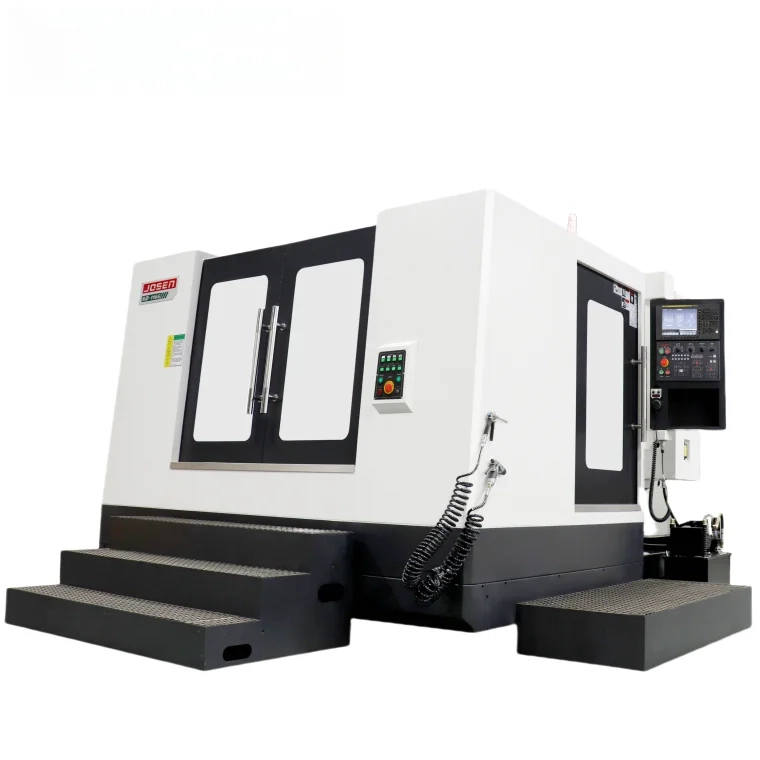The automotive industry has undergone significant transformations since the inception of the automobile in the late 19th century. One of the most pivotal advancements in vehicle technology has been the transition from carburetors to fuel injection systems. This shift not only revolutionized engine performance but also enhanced fuel efficiency and reduced emissions. In this article, we will explore the timeline of this transition, the technological innovations that made it possible, and the implications for the automotive landscape.
The Early Days: Carburetors and Their Limitations
In the early 1900s, carburetors were the standard method for mixing air and fuel in internal combustion engines. These devices operated on the principle of creating a vacuum that drew fuel into the airstream, where it mixed with air before entering the combustion chamber. While carburetors were relatively simple and inexpensive, they had significant limitations. They struggled with fuel atomization, particularly under varying engine loads and temperatures, leading to inefficient combustion and increased emissions.
The Advent of Fuel Injection: A Technological Breakthrough
The journey toward fuel injection began in the 1920s, but it wasn't until the 1950s and 1960s that this technology gained traction in the automotive sector. The first production vehicles to feature fuel injection systems were high-performance models, such as the 1954 Mercedes-Benz 300SL and the 1960s Chevrolet Corvette. These early systems were mechanical and often complex, but they offered superior performance and efficiency compared to carburetors.
The 1970s: A Turning Point for Fuel Injection
The oil crisis of the 1970s marked a critical turning point for fuel injection technology. As fuel prices soared and environmental concerns grew, automakers were compelled to seek solutions that would enhance fuel economy and reduce emissions. This led to the widespread adoption of fuel injection systems in mainstream vehicles. By the late 1970s, manufacturers like Volkswagen and BMW began equipping their cars with electronic fuel injection (EFI) systems, which provided more precise control over fuel delivery.
The 1980s and 1990s: Refinement and Standardization
Throughout the 1980s and 1990s, fuel injection technology continued to evolve. The introduction of onboard diagnostics (OBD) systems allowed for real-time monitoring of engine performance, enabling further refinements in fuel injection strategies. The development of multi-port fuel injection (MPFI) systems improved atomization and combustion efficiency, while direct fuel injection (DFI) systems emerged as a cutting-edge solution for maximizing power and minimizing emissions.
The 21st Century: Fuel Injection as the Standard
By the early 2000s, fuel injection had become the standard for nearly all gasoline-powered vehicles. The transition was not merely a matter of performance; it was also driven by regulatory pressures aimed at reducing greenhouse gas emissions. Modern fuel injection systems are now equipped with advanced technologies such as variable valve timing and turbocharging, which further enhance efficiency and power output.
The Future of Fuel Injection Technology
As we look to the future, fuel injection technology continues to evolve in response to the growing demand for cleaner and more efficient vehicles. The rise of hybrid and electric vehicles has prompted research into alternative fuel injection methods, including hydrogen fuel injection and advanced direct injection systems that optimize combustion for alternative fuels.
Conclusion: A Legacy of Innovation
The transition from carburetors to fuel injection systems represents a significant chapter in the history of automotive engineering. What began as a niche technology for high-performance vehicles has become a fundamental aspect of modern automotive design. As the industry moves toward more sustainable solutions, the legacy of fuel injection will undoubtedly influence the next generation of vehicles, ensuring that performance, efficiency, and environmental responsibility remain at the forefront of automotive innovation.





+ There are no comments
Add yours